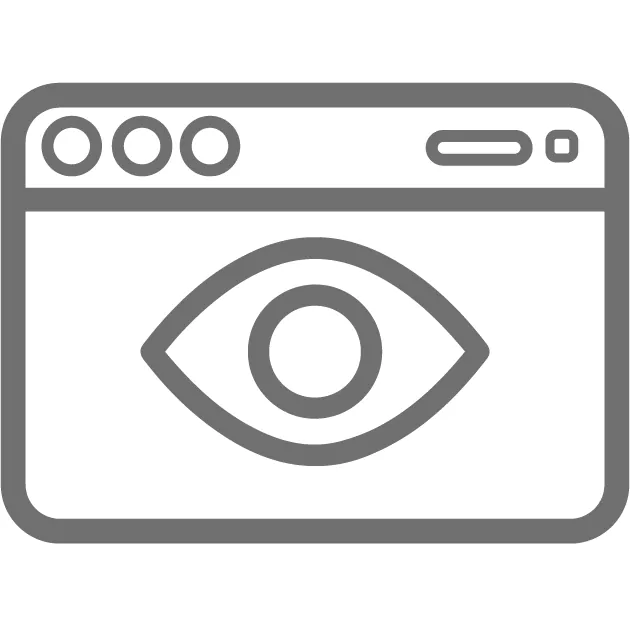.webp)


PKR

Tools

Visual Aids

Tutor Support

Dedication

Request a Call Back
Contact Us!
If you have any questions, our customer care staff is available 24/7 to assist you. They will lead you through everything from the registration procedure to the course overview and offer you all the information you need for a good start.
.webp)


-min.webp)



